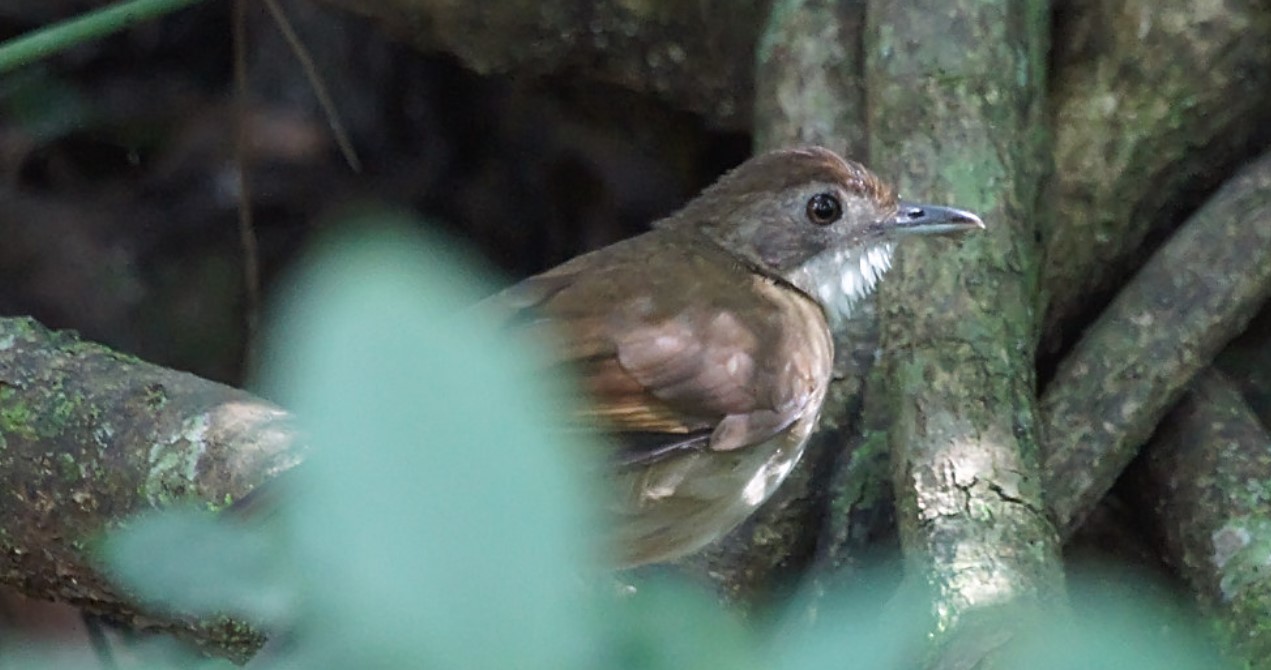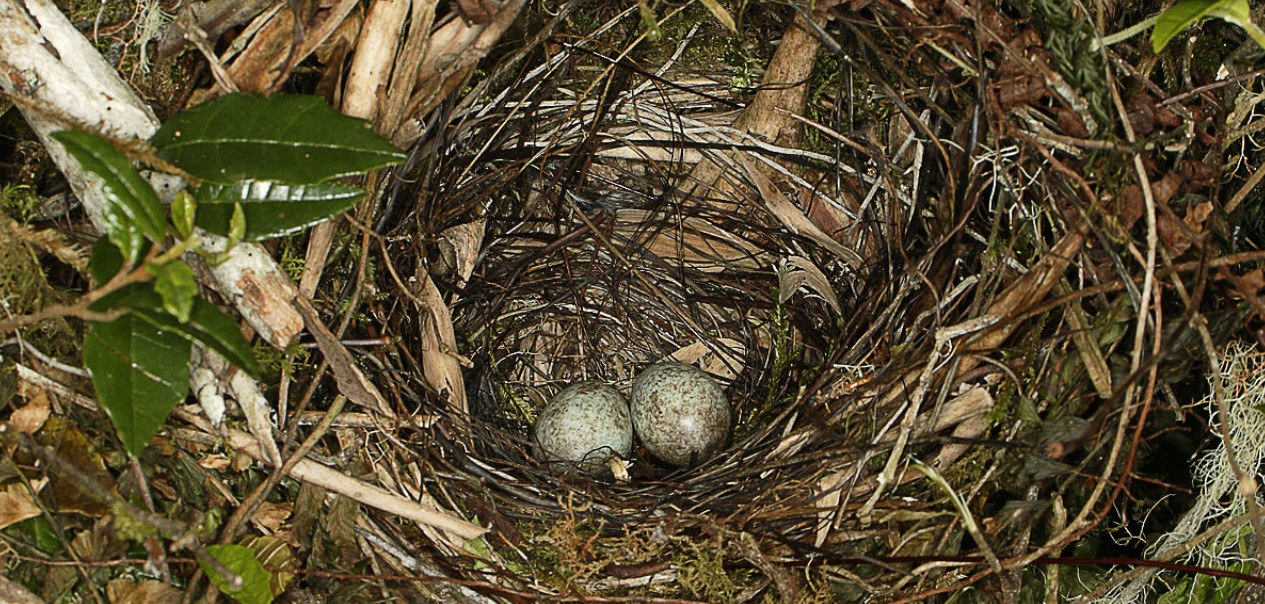
The Endemic Puvel’s Illadopsis of Budongo Forest
The Endemic Puvel’s Illadopsis of Budongo Forest is a small, thick, brilliantly coloured skulking Babbler known to live in tropical lowland rain forests with moist shrubland, deep thickets, and tangled vegetation. This type of bird belongs to the Pellorneidae family and is known for its sly, shy, and mysterious nature. It is rarely sighted unless it is actively sought after. At an altitude of 1100 metres, it is often found in a single location in the northern Budongo Forest part of Murchison Falls National Park in western Uganda. Its pale grey underparts, which are typically washed with buff, have a white throat. Similar to other Illadopsises, these birds can be identified and distinguished mostly by their calls. The distribution of the endemic Puvel’s Illadopsis is heavily determined by the nature of vegetation distribution.
Physical Characteristics of the Endemic Puvel’s Illadopsis of Budongo Forest
This Puvel’s Illadopsis (Illadopsis puveli) is a little bird with a long tail and a chubby body. Its buffy-brown breast and flanks are contrasted with its belly and throat, which are white-yellow. They are always found in tiny groups, feeding visually on the ground, where they search for insects among the fallen logs and leaf litter. The Rufous-winged Illadopsis is the most comparable species to this one, although it inhabits a different habitat, is somewhat larger, and typically has buffy underparts. It is lighter below than Illadopsises with brown or pale breasts. The most common way to identify them is by their unique vocal calls, which are higher-pitched, a little more erratic and unpredictable, and contain more notes per phrase. Because of their frequent neglect and low record-keeping, it is difficult to estimate the number of these species.
Vocalisation and behaviour
In contrast to its secretive behaviour, this species may be easily located and identified by its characteristic vocalisations. While in the field, keep an ear out for many whistles that are blowing in an upward and downward sequence. The vocalisation is a musical sequence of explosive, hollow-sounding notes that rise and fall, with some variation in pace and quantity of notes but a consistent pattern. The sound is tink-tink ching chi chi ching. Strangely, the sound is like attempting to start a car, though higher pitched and with notes that are a little more wandering and unpredictable than in the Rufous-winged Illadopsis song. Imagine the sound of a melodious engine straining to start, echoing across the woodland. They hop from branch to branch as they travel stealthily through the undergrowth. That’s the unique auditory signature of Puvel’s Illadopsis.
Habitats and Distribution of the Endemic Puvel’s Illadopsis of Budongo Forest

Forests and their margins are home to Puvel’s Illadopsis. It is exclusively found in Uganda and is endemic to Budongo Forest within Murchison Falls National Park, which means it is not found anywhere else in East Africa. Due to its rarity, birdwatchers and wildlife lovers are eager to see it, even though it can be found in other regions of Central Africa. The horizontally interrupted range of Puvel’s Illadopsis is found in tropical rainforests throughout Africa. The following are some of the natural habitats where the distribution of the Endemic Puvel’s Illadopsis occurs:
The tropical or subtropical dry forests have separate rainy and dry seasons, with the trees losing their leaves in the latter. Tropical or subtropical moist lowland forests can be found in lowland regions with lots of rainfall and high humidity. Tropical or subtropical moist shrubland: These regions are covered with a lot of vegetation, mostly made up of small trees and bushes. Their unassuming placements aid in keeping predators away from the weak chicks.
The Role of Puvel’s Iladopsis in the Ecosystem
The abundant biodiversity of Uganda’s woods is enhanced by this amazing bird, with certain eating practices that help it survive in the ecology of the forest. Puvel’s Illadopsis, as an insectivore, is essential to sustaining insect populations in the forest. Indirectly, they improve plant health and maintain the equilibrium of the ecosystem by regulating the population of insects. For Puvel’s Illadopsis to survive and play an ecological role in Ugandan woods, these feeding patterns are crucial.
Insectivorous Diet
Mostly, Puvel’s Illadopsis consumes insects and other invertebrates for food. It searches for tiny insects, spiders, and larvae as it makes its way through the understory of the forest. Its pointed bill makes it an excellent tool for catching prey. Fruit Consumption: Occasionally, Puvel’s Illadopsis consumes fruits and berries in addition to insects. It may consume ripe fruits from the forest during fruiting seasons.
Nest Construction of the Endemic Puvel’s Illadopsis of Budongo Forest
It always builds its nest with great attention to detail. The male assists in the construction of the nest by giving the female nesting material. The nest is usually cup-shaped and constructed from a variety of materials, including twigs, leaves, moss, and spider silk. Their pair relationship is strengthened by their collaborative effort.
Building a safe nest together as a team represents their dedication to raising a family. Stability is provided by the binding of the nest together by the spider silk. These birds build their nests in secretive, low-lying areas. Dense vegetation, such as ferns, shrubs, or tangled vines, is a common sight. The intention is to conceal the nest from scavengers and unsuspecting observers.
Eggs and Incubation

Perhaps their activity levels exhibit their fitness and energy.
